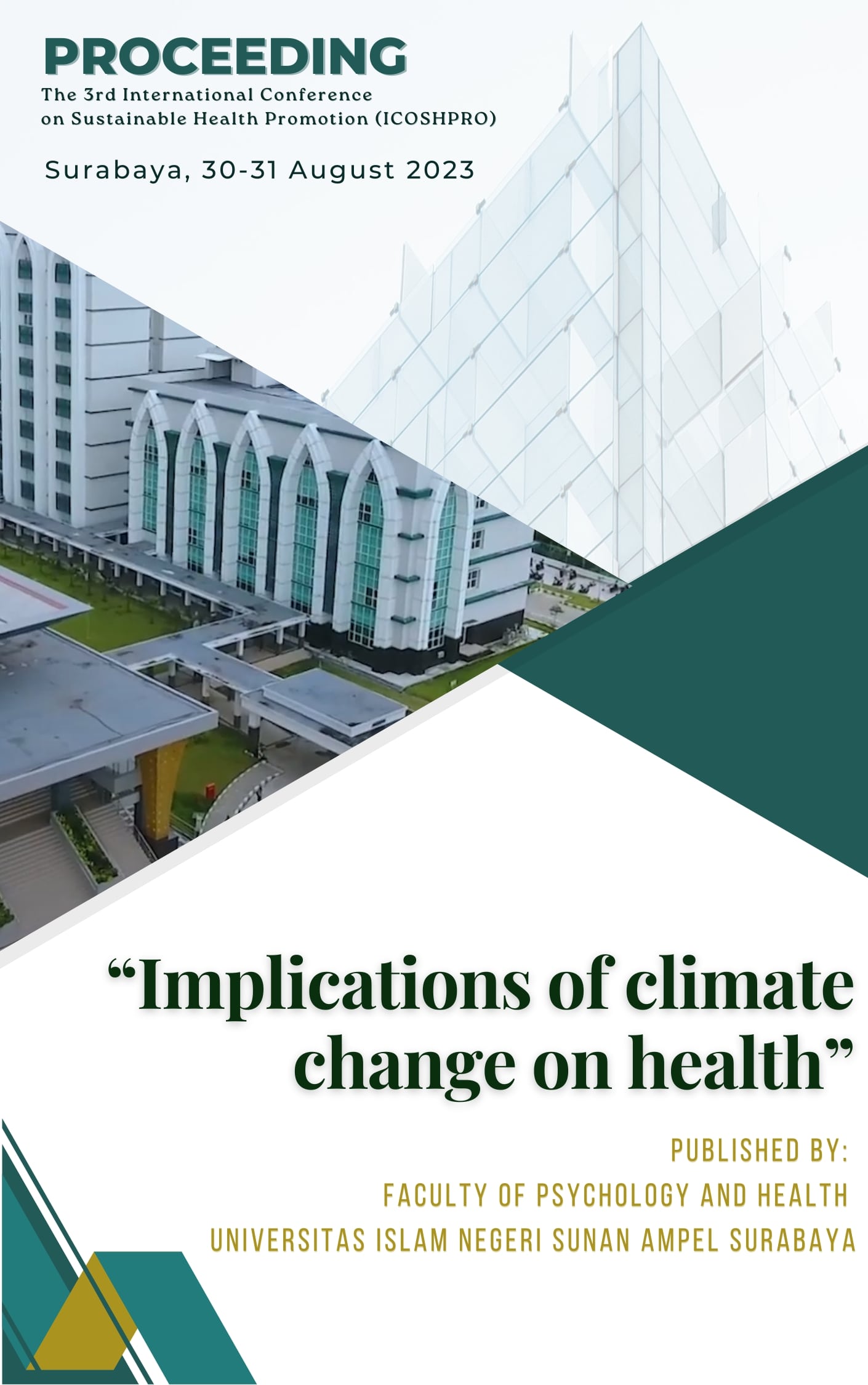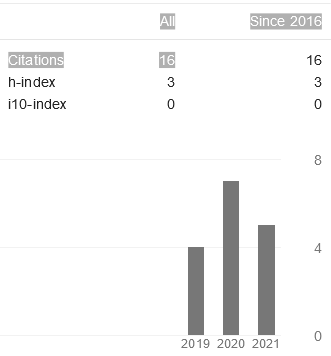Comparison of Pandan Leaf Extract (Pandanus Amaryllifolius) Using Ethanol and N-Hexane to The Content of Bioactive Compounds
Abstract
The content of bioactive compounds in pandan leaves is used as traditional medicine. One of the utilization efforts is done by maceration extraction. This extraction involves the presence of a solvent. The choice of solvent is a success factor in the maceration extraction process. This study aims to determine the effect of different types of solvents on the content of bioactive compounds and phenolic content of pandan leaf extract. The research method was carried out through maceration extraction using ethanol and n-hexane solvents. Determination of compound content using qualitative phytochemical tests and quantitative tests of phenolic content using UV-Vis spectrophotometry and identification of compounds using FTIR instruments. The results showed that pandan leaf extract positively contained alkaloids, saponins, steroids, and phenolics. The total phenolic content was 12.207 mg/g GAE in ethanol and 10 mg/g GAE in n-hexane. Also, the FTIR test of ethanol solvent shows the O-H bond spectrum in the 3300 region, C=C in the 1650 region, and C-O in the 1100 region. Meanwhile, in n-hexane solvent a C=O bond spectrum is formed in the 1700 region. Both solvents form a C-H bond in the 2900 region. The spectrum formed indicates the presence of phenolic compounds in pandan leaves.
Copyright (c) 2023 Nanda Azizah Burhana, Moch. Fatchul Akbar, Ambar Salsabilla Putri, Eva Agustina, Nova Lusiana, Risa Purnamasari

This work is licensed under a Creative Commons Attribution-ShareAlike 4.0 International License.
Authors who publish with us agree to the following terms:
- Authors retain copyright and grant the publisher right of first publication with the work simultaneously licensed under a Creative Commons Attribution License that allows others to share the work with an acknowledgement of the work's authorship and initial publication in this proceeding.
- Authors are able to enter into separate, additional contractual arrangements for the non-exclusive distribution of the proceeding's published version of the work (e.g., post it to an institutional repository or publish it in a book), with an acknowledgement of its initial publication in this proceeding.
- Authors are permitted and encouraged to post their work online (e.g., in institutional repositories, pre-prints sites or on their website) prior to and during the submission process, as it can lead to productive exchanges, as well as earlier and greater dissemination of published work





_page-00011.jpg)
